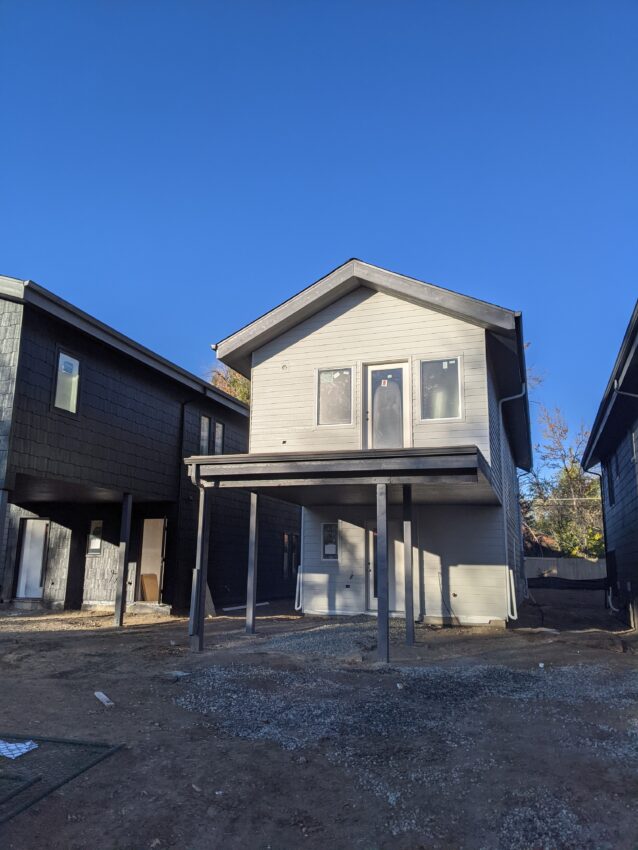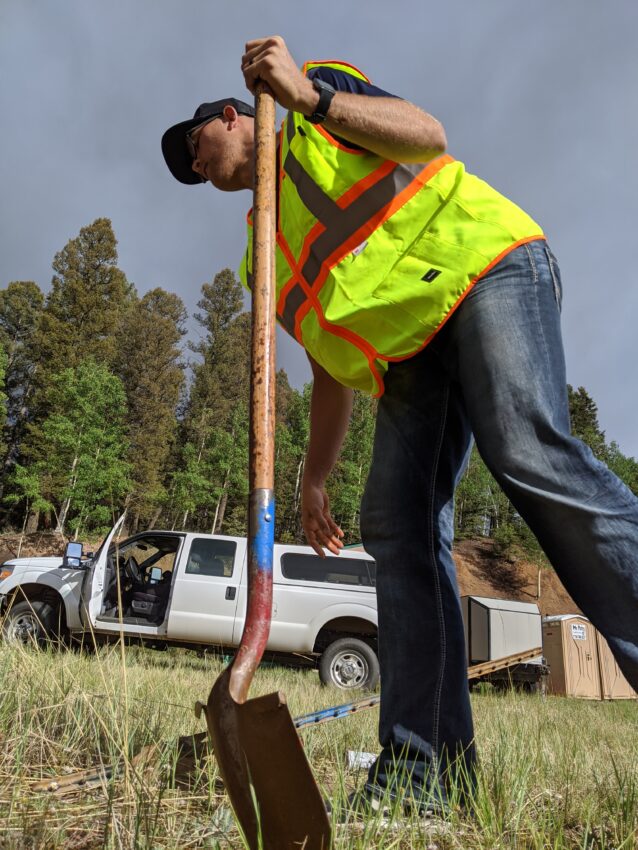WOULD YOU LIKE TO BRING AN ADDITION 3000% FUNDING TO YOUR COMMUNITY?
Help transform your community through public grants and programs.

Colorado’s State Revolving Fund program defines a disadvantaged community as having a population of 10,000 or less, a median household income that is 80 percent or less than the state value and meeting other defining factors.
If your community meets the criteria to be considered a disadvantaged community, we want to help you understand how this program can be an asset to your community.
How Your Community Can Be Served
STAY CONNECTED
Get educated on the latest funding and assistance programs
GET FUNDED
Submit funding paperwork to the proper agency to help with your project.
COMPLETE PROJECTS
Your issues will become a thing of the past as your problems have been solved.

Our primary purpose of the DAC is to provide help to communities by partnering with state government for a high percentage of low-income residents to ensure that they get governments offered grants to build them a basic and better life like every American have.
Colorado’s State Revolving Fund program defines a disadvantaged community as having a population of 10,000 or less, a median household income that is 80 percent or less than the state value and meeting other defining factors. If your community meets the criteria to be considered a disadvantaged community, we want to help you understand how this program can be an asset to your community.
Projects
Florissant












Subdivision








Let's Get Started!
Contact us to learn more.
Communicate with Confidence
We know your pain, and we have solution for your...
What are Disadvantaged Communities (DAC)?
The Colorado State Revolving Fund (CRF) program offers grants to communities with small populations, low median household income, and other factors. These are called disadvantaged communities. If your community is deemed to be a disadvantaged community, then you may be eligible for reduced interest rate loans and planning/ design grants from the CRF program.
In Colorado, the States have fund grant schemes for communities that have a population of 10,000 or less and median household income of $60,100 or below.
Main Factors
The three factors were calculated by averaging county-level factors and applying them to the states. The counties are identified as disadvantaged because they have a lower value on one or more of these three factors. The state also considered whether they have a Median Household Income (MHI) equivalent or less than 80% of the state MHI. On the second factor, community median home value (MHV) is less than 100% of state median home value. In the final factor, there are two parts to it; a) unemployment rates in the county for the average of last 24 months is higher than in the state 1% and, b) numbers of job loss in the county over the decade period.
Secondary Factors
- The community is in an economically disadvantaged county. County has a median household income that is equal to or less than 80% of the state MHI.
- The population of this community or region has shown a consistent decline over the last ten years.
- The low median household income of the community is less Colorado municipalities.
- Community’s debt per tap to median home value is greater than the median for Colorado state municipality.
Eligibility for Disadvantaged Communities
- Qualifying Communities that meet grants limit are eligible to receive a 1.5% interest rate on loans of up to $3 million or get the direct loan limit.
- If your community is currently exceeding municipal 80th percentile thresholds for Current & Projected System Debt to MHV, Required Revenue per Tap to MHV and both factors combined, you may qualify for our 0.5% interest rate on loans up to $3 million or the prevailing direct loan limit.
A comprehensive plan is eligible for planning grants, design/engineering grants and other benefits. A master plan is also eligible for planning grants, design/engineering grants and other benefits.
Source: CWRPDA
